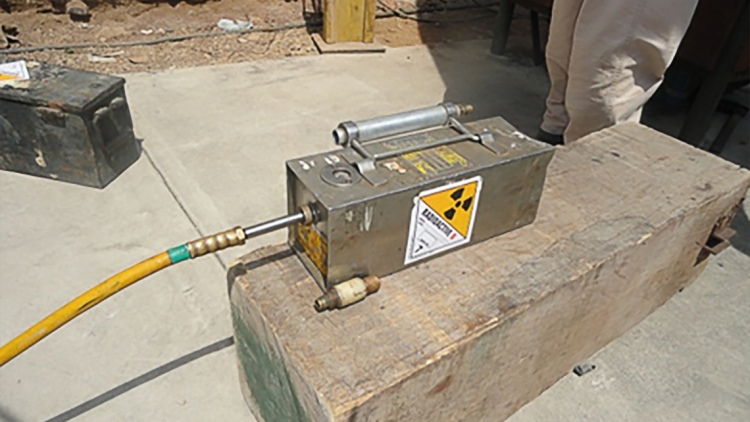Learning from accidents is vital to continuously strengthen nuclear and radiation safety.
In late 2018, the IAEA published a report on the medical management of a radiological accident that occurred in Chilca, Peru in 2012. The accident led to three workers being overexposed to ionizing radiation.
The Radiological Accident in Chilca report highlights the importance of international cooperation in response and the role the IAEA plays in coordinating the provision of assistance, on the request of a Member State. The report, one of the IAEA’s case-specific publications on accident response, provides a detailed account and analysis of the event and highlights the IAEA-facilitated international assistance. It includes lessons learned for competent authorities, regulatory bodies, first response organizations, facilities that use radioactive sources and a broad range of specialists, including medical specialists, physicists, emergency response planners and radiation protection specialists.
The accident occurred when a radiography camera that was being used to check the integrity of pipeline joints malfunctioned, exposing the workers to radiation. Peru, a party to the Convention on Assistance in the Case of a Nuclear Accident or Radiological Emergency (Assistance Convention), requested IAEA support. One of the IAEA’s roles under the Convention is to, on request, coordinate assistance from Member States to help other Member States cope with an accident. The Agency, using its Response and Assistance Network (RANET), facilitated the provision of support from Chile, France and the United States. The assistance provided included dose assessments and medical treatment.





